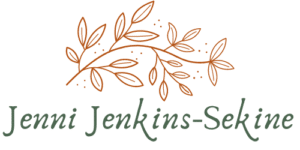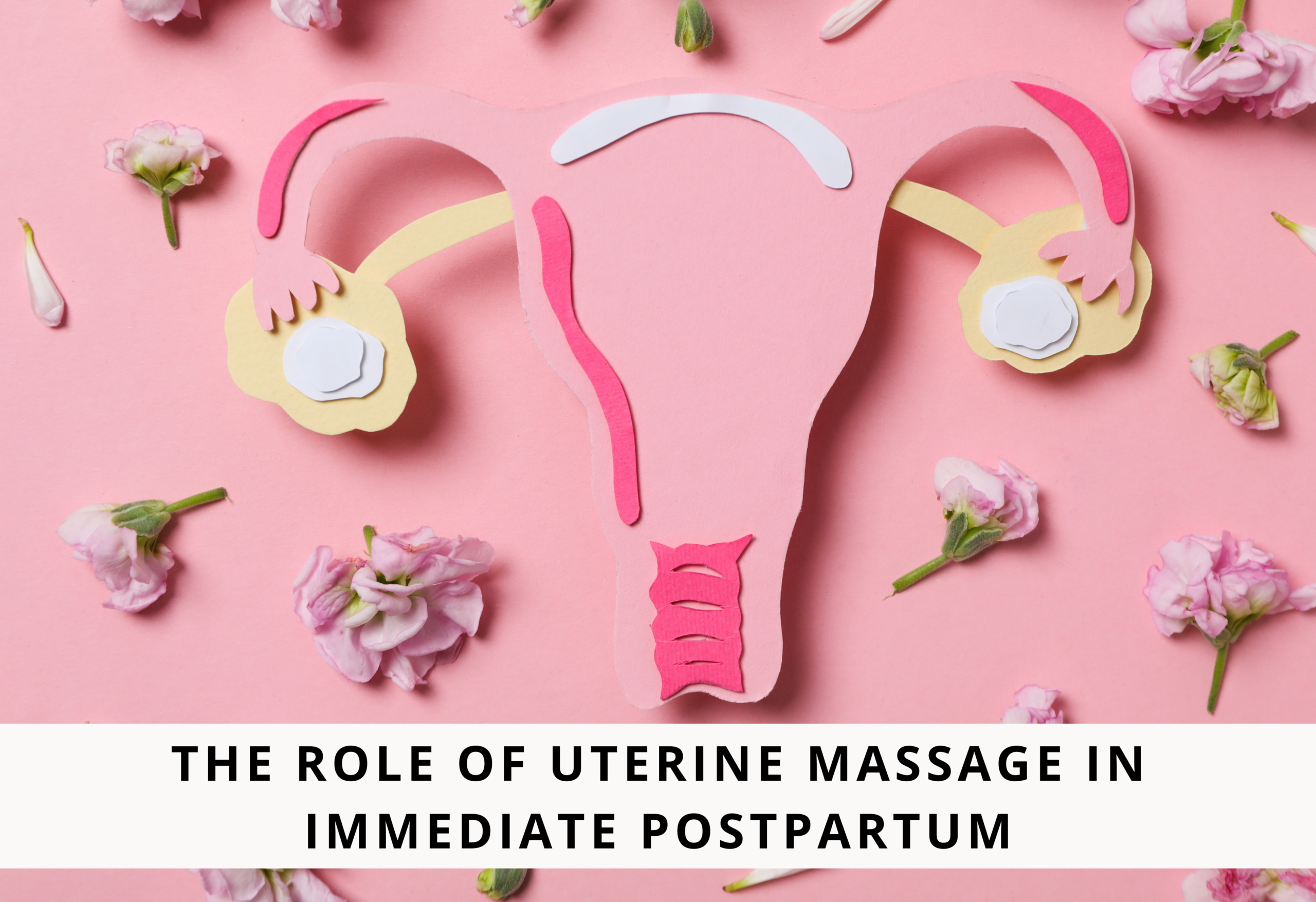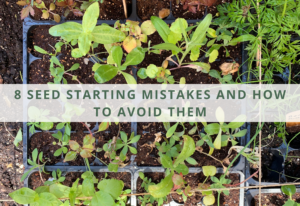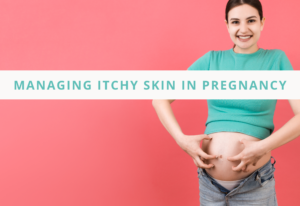Welcoming a new baby into your family is a momentous journey, filled with anticipation, preparation, and a myriad of decisions. Among these is understanding the various medical procedures and practices that can occur during and after childbirth. One such practice, often overshadowed by more commonly discussed topics, is uterine massage. This blog post aims to shed light on uterine massage, a key element in postpartum care, particularly in managing postpartum hemorrhage (PPH) – a leading cause of maternal morbidity and mortality globally.
In this post, we delve into the what, why, and how of uterine massage. We’ll explore its possible role in reducing the risk of PPH. By examining studies and trials, we aim to provide a comprehensive overview of how uterine massage is used, its effectiveness, and its place in your birthing plan.
Whether you’re a first-time parent or adding another little one to your family, understanding procedures like uterine massage can be empowering. This knowledge not only prepares you for what to expect but also empowers you to make informed decisions in collaboration with your healthcare provider.
What is Postpartum Hemorrhage?
Postpartum hemorrhage is excessive bleeding following the birth of a baby. While it’s normal to lose some blood during and after delivery, PPH involves losing more than the average amount. It typically occurs within the first 24 hours after childbirth but can happen later as well.
How Much Blood Loss Constitutes PPH?
ACOG defined postpartum hemorrhage as “a cumulative blood loss of greater than or equal to 1,000 mL or blood loss accompanied by signs or symptoms of hypovolemia within 24 hours after the birth process” (ACOG).
Causes of Postpartum Hemorrhage
Uterine Atony: This is the most common cause, where the uterus doesn’t contract effectively after delivery. The contraction is crucial as it helps stop bleeding from the site where the placenta was attached.
Retained Placenta: If parts of the placenta remain attached to the uterine wall, it can lead to continued bleeding.
Tears in the Birth Canal: Tears in the cervix, vagina, or perineum can lead to excessive bleeding.
Blood Clotting Disorders: In rare cases, a person’s inability to clot blood properly can cause PPH.
Signs and Symptoms of Postpartum Hemorrhage
Awareness of the signs can help in prompt response and treatment. These include:
- Unusual heavy bleeding from the vagina
- A drop in blood pressure or signs of shock
- Swelling and pain in the vaginal or perineal area
- Fatigue or fainting
Why is Awareness Important?
While Postpartum Hemorrhage is a serious condition, it’s largely preventable and treatable, especially when promptly recognized and managed. Understanding what Postpartum Hemorrhage is, its causes, and signs helps you be better prepared. It empowers you to have informed discussions with your healthcare provider about your birth plan and potential interventions, like uterine massage, that can mitigate the risk of PPH.
As an expecting parent, it’s natural to feel a mix of excitement and apprehension. Remember, knowledge is a powerful tool in your journey towards a safe and healthy childbirth experience.
What is Uterine Massage?
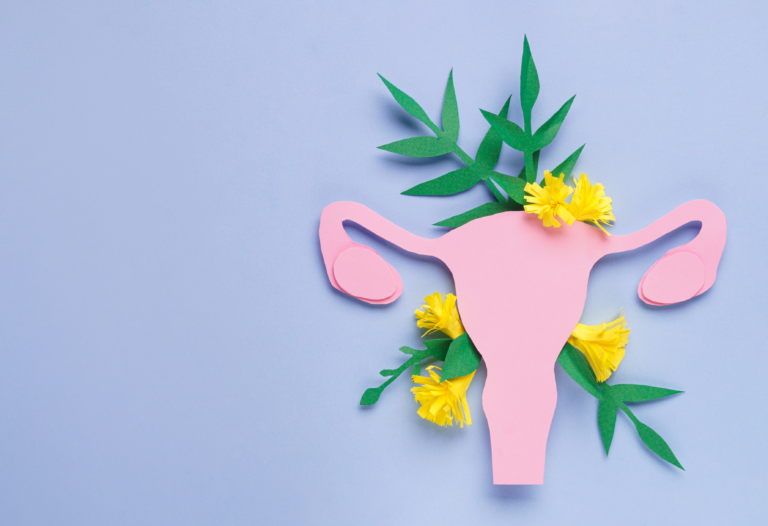
Uterine massage is a hands-on technique used during and after the delivery of your baby. It involves the healthcare provider massaging the upper portion of your uterus, also known as the fundus, through the abdomen to help it contract. This practice aims to reduce PPH.
Insights from Research Studies
A Cochrane systematic review analyzed two randomized controlled trials provide valuable insights:
First Trial: Involving 200 women, this trial compared the effects of uterine massage to no massage after placenta delivery. Results indicated significant reduction in mean blood loss post-delivery in the massage group, and a reduced need for additional uterotonic drugs.
Second Trial: With 1964 participants, this randomized controlled trial assessed the combination of uterine massage and oxytocin. It found no significant added benefit from combining uterine massage to active management with Pitocin in terms of reducing blood loss.
Relevance to Your Birth Experience
The Cochrane systematic review findings underscore the importance of being informed about post-delivery procedures like uterine massage. While it may reduce blood loss, its impact on severe PPH cases is less clear. Understanding such practices can empower you to make informed choices during childbirth.
Natural Ways to Prevent Postpartum Hemorrhage (PPH)
If you’re an expecting parent, especially for the first time, it’s helpful to know about natural methods that can help prevent excessive bleeding after childbirth, known as Postpartum Hemorrhage (PPH). Here’s a simple breakdown of two natural approaches: nipple stimulation and skin-to-skin contact (SSC).
Nipple Stimulation During Labor and Postpartum
This method has been known since the 1800s. It involves gently massaging the breasts or nipples. This action can stimulate a part of your brain called the pituitary gland, which then releases a hormone named oxytocin. Oxytocin is the same hormone that can help start labor. After delivering your baby, a quick increase in this hormone can cause your uterus to contract more, helping to push out the placenta and any blood clots. This reduces the risk of PPH.
A Study to Note: A study divided birthing people into two groups; one group did immediate breastfeeding, and the other did nipple stimulation by hand. Both actions increased uterine activity, which is important to prevent PPH. The increase was about the same as what you would expect with synthetic oxytocin. The median increase in uterine activity with breastfeeding was 93%, and the median increase in uterine activity with synthetic oxytocin was 96.5% (Chua et al., 1994).
Skin-to-Skin Contact (SSC)
SSC is when your newborn, wearing only a diaper, is placed upright on your chest, right after birth. The baby’s skin touches yours directly. This position allows your baby to hear your heartbeat and have easy access to breastfeed. You and your baby should be covered with a warm blanket and stay like this for at least an hour, undisturbed.
Skin to Skin Contact is a powerful tool because it stimulates the production of oxytocin, also known as the ‘love hormone’. This hormone is released when you hold, touch, and look at your baby, and it has several important effects. One is that it helps your uterus contract, reducing the risk of heavy bleeding after birth. Secondly, it increases the levels of oxytocin in your body, which is important for bonding and breastfeeding.
Prolonged Skin to Skin Contact can lower stress hormone levels in both the parent and baby while also promoting a calm and bonding environment. Parents who practice SSC tend to have a better post-birth recovery, with less bleeding and quicker uterine recovery (Almutairi, 2021).
Both these methods show that natural actions like breastfeeding and skin contact can be powerful in managing the birthing process and preventing complications like PPH. They offer a way to potentially avoid the need for drugs like Pitocin, which are used to manage labor but can have their own risks and side effects.
Discussing with Your Healthcare Provider
It’s essential to discuss your birth plan, including potential procedures like uterine massage, with your healthcare provider. They can offer advice tailored to your health and preferences, considering your unique pregnancy journey.
Awareness of procedures like uterine massage is key in preparing for childbirth. As you navigate this journey, feel empowered to engage in discussions with your healthcare team to ensure the best care for your beliefs, goals, and situation.
Please note: This blog is for informational purposes and is not a substitute for professional medical advice. Always consult your healthcare provider for advice specific to your pregnancy and health.
References
Almutairi, W. M. (2021). Literature Review: Physiological Management for Preventing Postpartum Hemorrhage. Healthcare, 9(6), 658. https://doi.org/10.3390/healthcare9060658
Chua, S., Arulkumaran, S., Lim, I., Selamat, N., & Ratnam, S. S. (1994). Influence of breastfeeding and nipple stimulation on postpartum uterine activity. 10.1111/j.1471-0528.1994.tb11950.x
